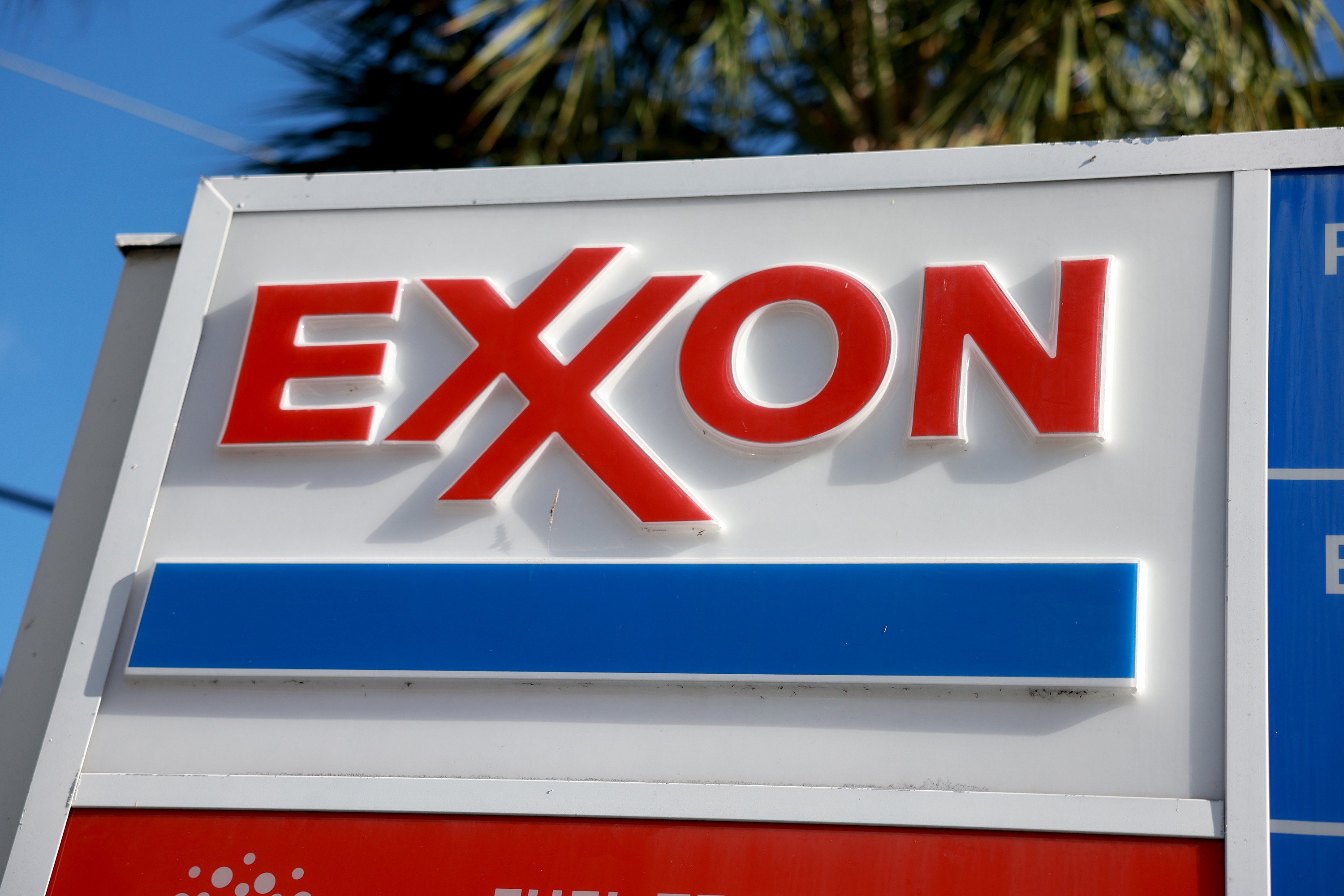Energy stocks can make for tough investments. In a market driven by global demand, government policies, and the ups and downs of oil and gas, there are lots of ways an investment in an energy stock can go wrong. That's especially true in the short term when it's even harder to predict what could happen or change.
But over the long term, energy stocks can deliver incredible returns, especially when you buy the best companies at a fair price and have the patience to let the market swings play out while management does the hard work of navigating the cycles and delivering the profits.

Image source: Getty Images.
To help you get started, three Motley Fool contributors identified three energy stocks that look like they're worth buying right now: ExxonMobil Corporation (XOM 0.17%), Transocean LTD (RIG 0.50%), and First Solar Inc. (FSLR +1.05%). While the market hasn't been kind to these three companies recently, they are three of the leaders in their respective businesses, with top-notch management and strong balance sheets.
Keep reading to learn why they're worth buying right now.
A good report from ExxonMobil
Rich Smith (ExxonMobil): With earnings season well underway, energy investors will want to keep a close eye on industry bellwether ExxonMobil -- still the biggest publicly traded oil company on the planet and likely to remain so unless and until Saudi Aramco finally does its IPO.
ExxonMobil reported Q3 earnings on Nov. 2 , showing profits up 56% to $1.46 per share. With oil prices softening but still far above their lows, future estimates look good. On S&P Global Market Intelligence, analysts surveyed project that Exxon will maintain nearly a 19% rate of annual earnings growth over the next five years. With Exxon stock trading for a mere 15 times trailing earnings today and paying a 4% dividend yield to boot, that growth rate is fully capable of supporting Exxon's stock valuation -- and more.
Granted, free cash flow remains a concern at Exxon -- but much less so than in years past. Trailing free cash flow (FCF) at the company was $13.6 billion at last report, which is more than twice the amount of cash profit generated in 2016 and more than three times the FCF Exxon generated in 2015. If you believe free cash flow can continue advancing at rates rivaling earnings growth, the smart move is to buy this stock now; it's still down 8% from its 52-week high and off 5% since early October.
Making all the right moves
Tyler Crowe (Transocean): No part of the oil and gas industry has been hit quite as hard as the offshore rig business. With oil prices crashing from 2014 to 2016 and the rapid decline in costs for other production sources such as shale, producers stopped spending on offshore exploration and development and left rig owners high and dry with large fleets of idle assets.
With oil prices on the rise, though, the industry has been slowly recovering, as producers now flush with cash are starting their next wave of investments. The contracts have been few and far between, but Transocean has captured a large enough portion of them that the company posted its first quarterly profit in years. Granted, that profit is only if you don't include one-time asset writedowns and other impairments, but the takeaway message is that the company is getting back on its feet.
Management has been so confident in the market turnaround that it has been on a bit of a spending spree, picking up distressed assets and other companies on the cheap while most players in the industry trade at a fraction of their book value. Transocean has a great balance sheet, a good fleet of rigs already working, and enough high-specification rigs available for work to continue reaping the rewards of the market turnaround. If you haven't already considered Transocean, it's time to take a look.
Despite the risks, it's time to buy this solar giant
Jason Hall (First Solar): There are certainly real concerns for solar panel maker First Solar right now. On a global basis, there is more manufacturing capacity than needed, and changes in government policy to accelerate solar adoption in China and the U.S. have upended the market, increasing prices to end users, even as panel makers have had to gut their prices to make up for the loss of incentives.
That's a big reason First Solar's stock has fallen 45% from the peak and trades for roughly the same price it did in the summer of 2017, as the following chart shows:
As one of my colleagues points out, there's reason to be concerned about its prospects over the next several years, as its backlog continues to become more and more loaded with U.S. orders and fewer international deals, something that could be a problem as U.S. tariffs roll off over the next few years.
But I think the heavy U.S. order book is a product of management intentionally leveraging its exclusion from tariffs in the U.S. to maximize its cash flows and profits now, not inability to compete on the global market. Orders accelerated sequentially, from 800 MW in the second quarter to 1,100 MW in Q3, so First Solar isn't exactly standing still.
But what it really comes down to is this: First Solar's management is the best in the business at managing the demand cycle. With $2.3 billion in net cash and leadership that's proven skilled at allocating capital, First Solar is a solid buy right now and worth holding for the long term.









